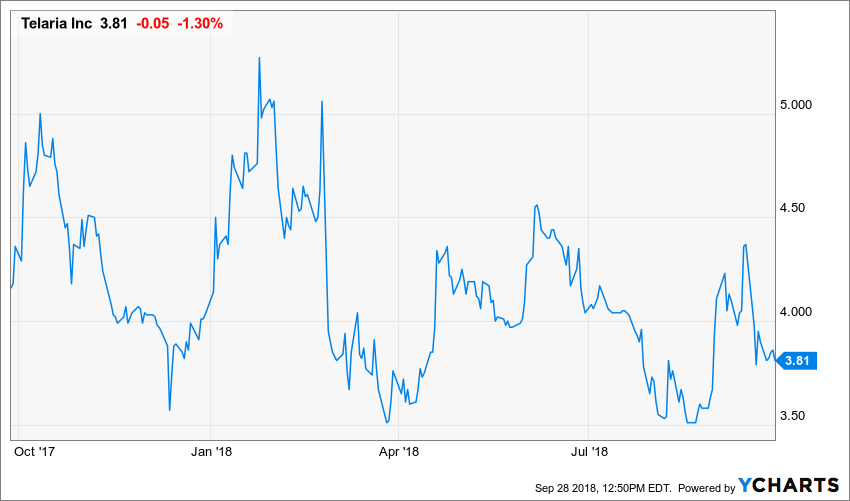TV is dead. Long live TV.
Three national network channels, PBS, and a few grainy, local UHF stations is what a lot of Gen-Xers like me grew up with. In those days of what is known now as “linear TV”, providers of content auctioned off blocks of advertising time to the highest agency bidder.

If you were a viewer and didn’t need to top off your drink or make a subsequent trip to the bathroom, you sat through the ad spots.
Other than for sports programs and other live broadcasts, these days are behind us. Subscription-based cable TV started the movement away from this model, a movement that has picked up inexorable momentum with the ubiquity of streaming content over Internet connections.
Those in the know call streaming content “OTT” – “Over the Top” – Amazon Prime, Hulu, and Netflix are all examples (as is CuriosityStream – one of my personal favorites thanks to my love of documentaries).
Along with OTT services, traditional media companies (e.g., BBC, Fox, Sony, NY Times, etc.) have snapped to the fact that more viewers are consuming media content through video clips on their websites and are looking for ways to monetize that valuable content.
OTT media and direct distribution has thrown a spanner in the traditional advertising model. Some OTT providers like Hulu offer subscribers lower monthly rates in exchange for exposure to advertising. NY Times and other traditional media companies often sell ad space to accompany their online clips. As I pointed out in my article yesterday, I don’t believe Netflix will start showing ads for some time, but eventually, I believe that day will come.

Photographer: Gabby Jones/Bloomberg
For those who want a piece of the potentially explosive growth in the cord-cutting trend, I have found a small-cap stock with an interesting story.
The company, Telaria TLRA, was one I introduced in earlier reporting on my trip to the Midwest IDEAS Conference.
Telaria provides an automated way for OTT distributors and content producers to automatically auction off advertising space on its platforms. Telaria’s system allows content providers to screen the types of advertisers able to place bids on the slots and to prevent fraudulent bidding. It calls itself a “sell-side” platform because it caters to the needs of ad sellers rather than agencies and advertisers buying the spots.
Telaria has gone through a lot of changes in the last three years – buying the kernel of the sell-side business in a 2015 acquisition, selling off what used to be its legacy business (a buy-side platform) in 2017, and changing its name from Tremor Video. Because of all the changes, looking at 10 years of financial history offers no insights into the Telaria’s next 10 years.
I have a call out to management to help me understand Telaria’s business better, but the thing that caught my eye about the company – other than its strong positioning in what looks to be a field with huge upside potential – was the operating leverage embedded in its business model.
Operating leverage means that the cost of providing another unit of goods or services is very low. With costs essentially fixed, any additional dollar of revenues falls almost immediately to the bottom line.
In the first six months of 2018, the company generated $22 million in revenue, compared to $16 million in revenue for the first six months of 2017 – a 39% year-over-year increase.
At the same time, operating costs held steady at around $31 million, reducing operating loss by the difference in revenues.
Yes, even with the greater amount of revenues, the company is still operating at a loss. Measured using our preferred profit metric of Owners’ Cash Profits (OCP), the firm generated a loss for its owners of about $7 million in the first half of this year.
Because OCP measures actual cash profits to shareholders, generating a loss on an Owners’ Cash basis is more serious than generating an accounting loss (which can be affected by non-cash charges). However, the company did enjoy an inflow of $50 million from the sale of its buy-side platform and has over $70 million in unencumbered cash on its balance sheet.
As soon as we have had a chance to dig into the financials with Telaria’s management, we will post a valuation to Framework members and update our other readers with our opinion.
Until then, enjoy binge-watching your favorite series!

Figure 1.
